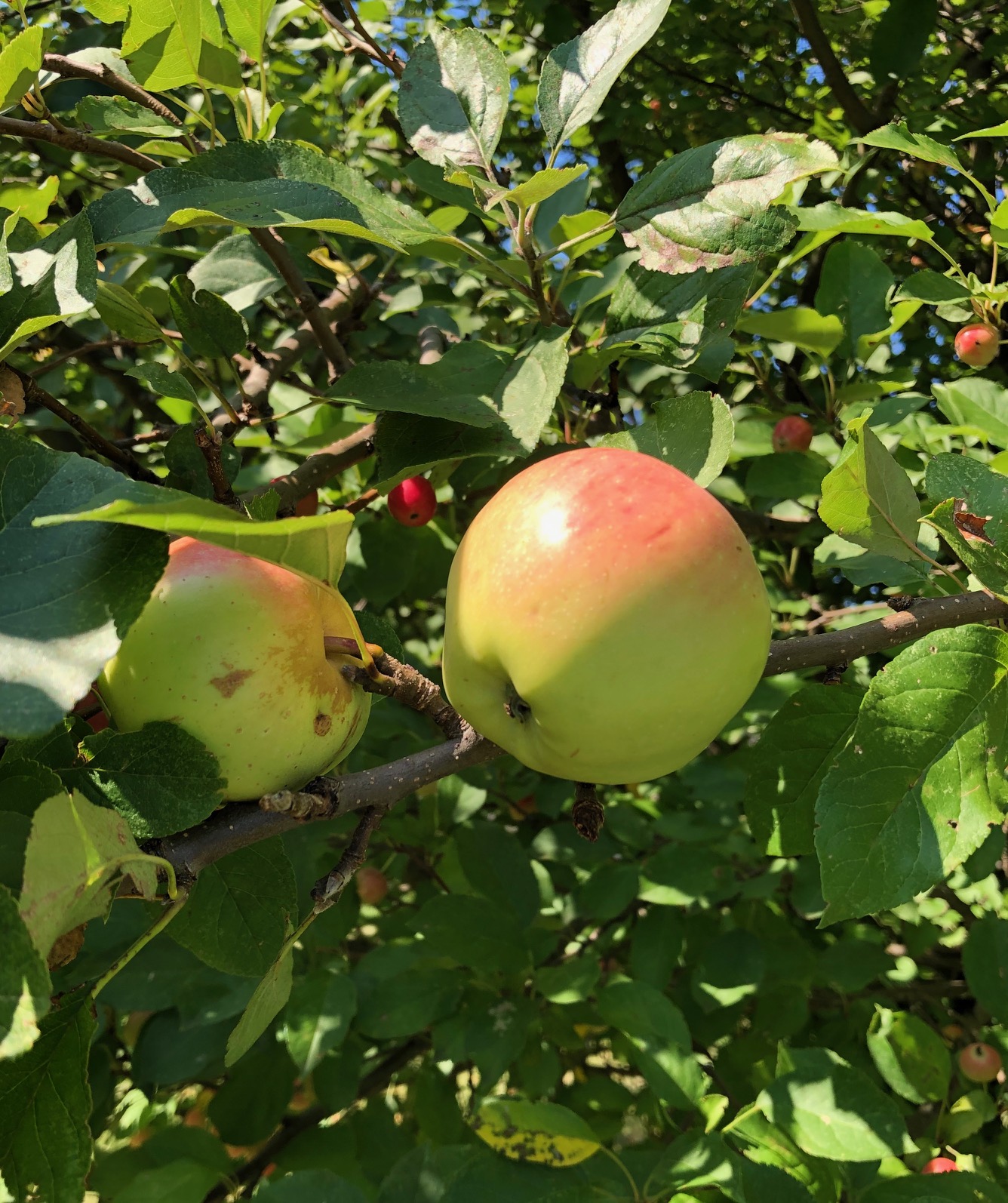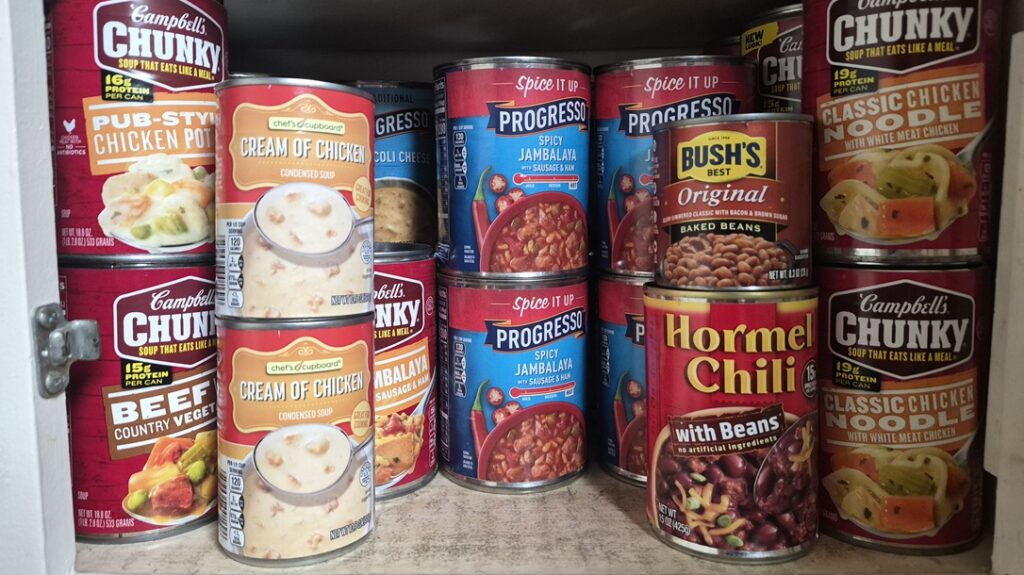My tale today is not even remotely about firearms. But it IS about survival. Not in an exciting end-of-the-world way, but in a very real and more commonplace way.
Remember I talked about things our grandparents could still teach us about food and survival? I’d like to share with you something that my grandmother-in-law taught me.
Grandma Gladys was born in the early 1900’s and lived through some rough times. Her father died when she was very young, leaving her mother to care for two small children on her own in an era when most women didn’t or couldn’t work to support themselves. Though her mother got a job, times were already lean for the little family when the Great Depression hit.
Advertisement — Continue Reading Below
She told me stories about one year when the apple tree in their yard provided most of their food for a season. She told me about how tired she got of eating apple-this and apple-that, because it was some of the only food they had. But they HAD food – because of that tree in their yard – and it was free.
Later in her life Gladys experienced more rough times when her husband was hurt in a mine cave-in and there was very little money coming in. From hard experience, this woman knew how to stretch food supplies. She carried that with her through her life. Even as a great-grandmother I swear she could feed five unexpected visitors with a can of tuna and an old potato.
These are the kinds of women we need to teach us how to manage if things get hard again. We’ve gotten so used to having a convenient and reliable food supply chain, that we’ve lost most of those old skills. We take for granted that the store will always be open, the shelves will always be full, and we will always have money to pay for food. Grandma Gladys knew better.
Advertisement — Continue Reading Below
I have an apple tree in my yard now too. My apple tree is really a crabapple that I planted 20 years ago as an ornamental for the spring flowers. I was not planning on actual fruit production at the time. But over years of neglect and non-pruning the plain apple rootstock sent up volunteer shoots. The result is that I now have a tree that bears both crabapples and a yellow-green regular apple that is passably tasty. This has been a particularly productive year for apples and now it’s time to do something with them. To let those apples and crabapples drop and rot on the ground would be a waste of perfectly good food. Not to mention “free” food. Grandma would not approve.
Grandma Gladys taught me how to make apple sauce back in the day. Applesauce was one of the few side dishes that my then toddler son would eat, so she taught me how to make it rather than buying it. At that time we froze it, but now in the spirit of my push for a deeper pantry of shelf stable food, I’m canning it instead.
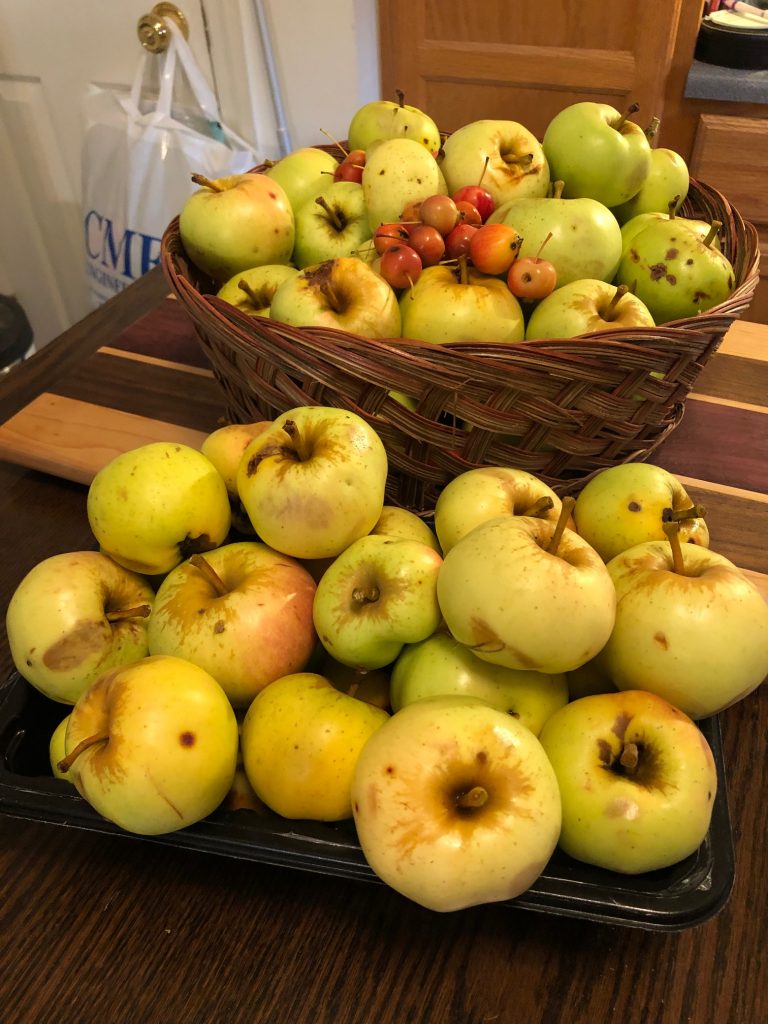
Advertisement — Continue Reading Below
Apples themselves don’t freeze well in their natural state – unlike berries – so you have to cook them first. Making applesauce is a fairly easy process though. If you have an old school “food mill” like I do (a gift from Grandma Gladys), you don’t even have to peel or core the apples. Yes, it’s a hand crank tool. You don’t even need electricity.
All you do is cut up the apples, getting rid of any bad spots or worm holes (I don’t spray my tree). A little lemon juice in water helps to prevent browning after cutting them up. Simmer them for a little while until soft, and then crank the results through the food mill to strain out the skins and seeds. You return the sauce to a big pot to cook down to a consistency that you like, add sugar or honey if desired and then freeze. If you are going to can it, then you need to follow a safe recipe to make sure it is acidified and waterbath canned. Safe directions can be found in the Ball Blue Book, or online from the National Center for Home Food Preservation.
Although you’ll see all kinds of canning recipes floating around the internet and in your grandma’s recipe box, the recipes and processes from Ball Kitchens and from the NCHFP have been scientifically tested for food safety, and have been continuously updated. You don’t want to put all that work into preserving food for your family, only to have it go bad, or worse – poison your family with botulism.
Advertisement — Continue Reading Below
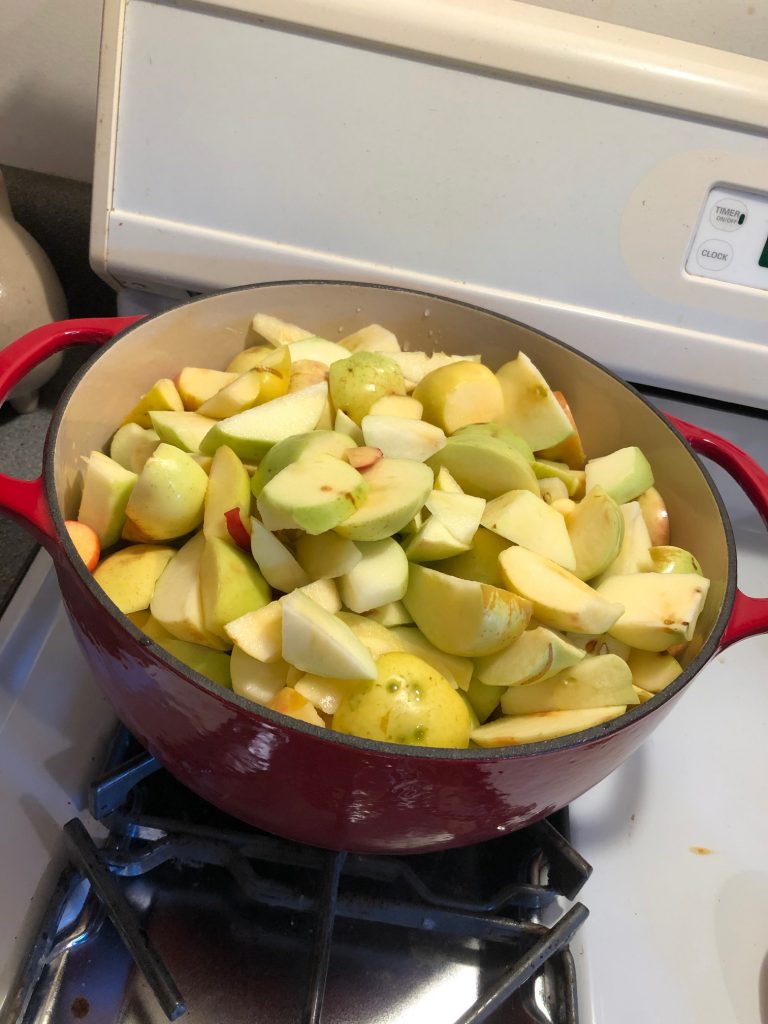

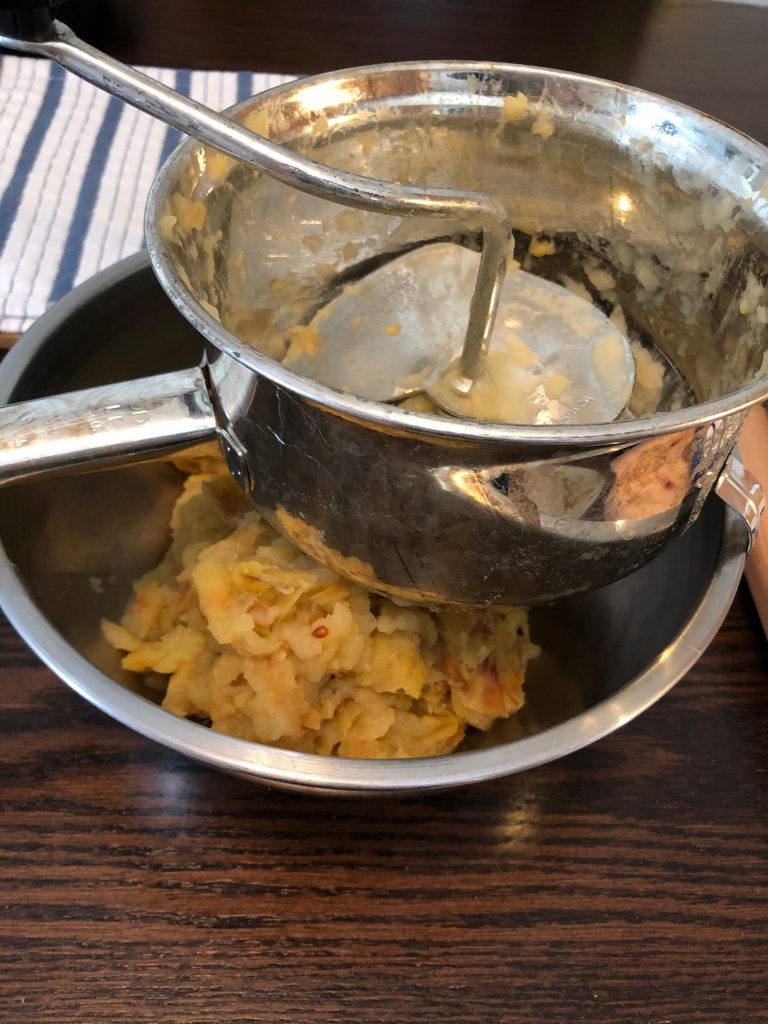
Advertisement — Continue Reading Below
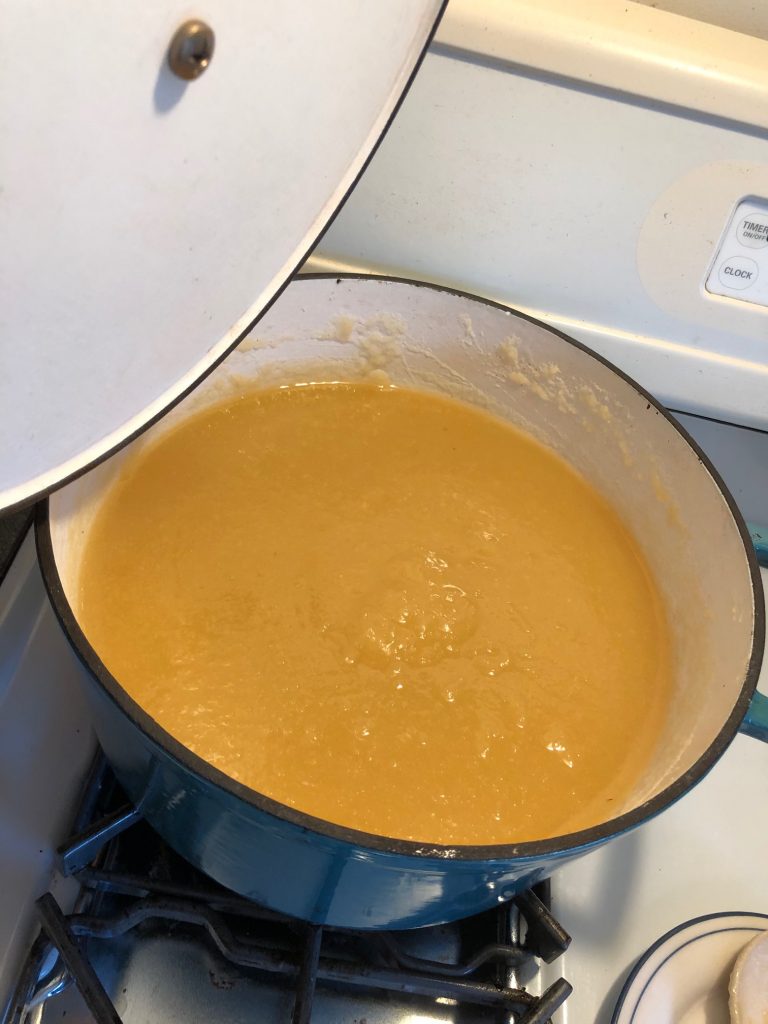

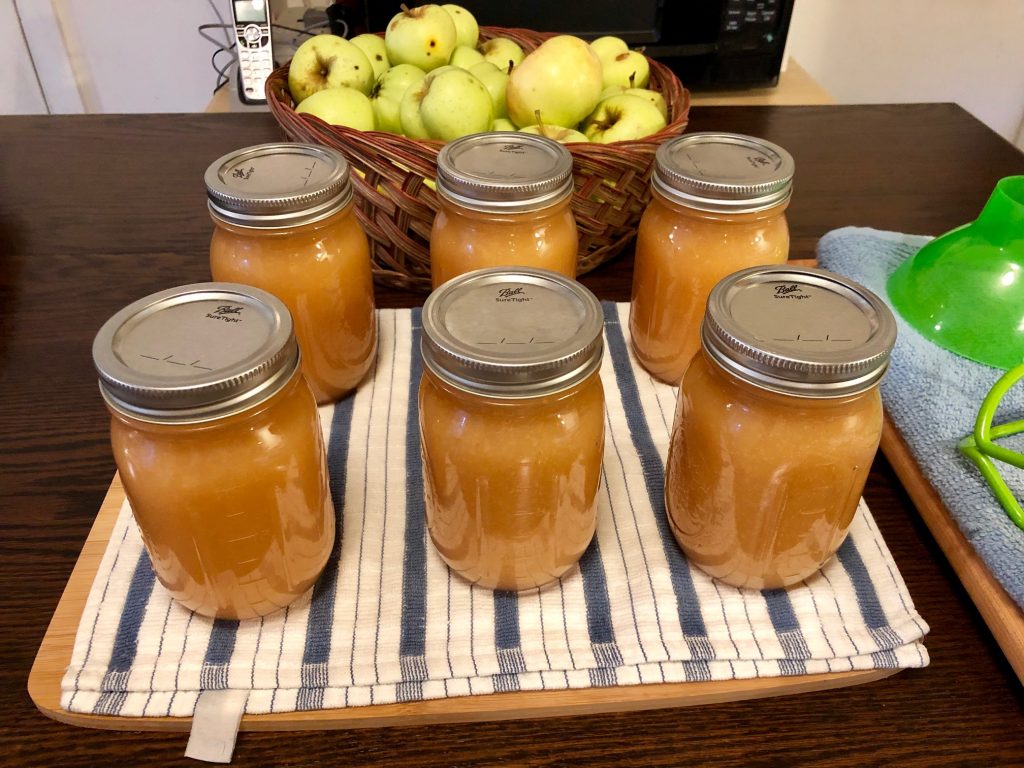
Advertisement — Continue Reading Below
If just applesauce sounds too easy, you can take it up a notch, add more spices, and cook it down even further into apple butter. Since I already have a fair amount of jelly put up for toast spreads, I’m going to be canning mostly applesauce. That way I can either eat it as is, or use it through the year for other recipes – like in fruit leather, zucchini bread, and coffee cake. I may also do some apple pie filling – because the tree is still bearing, and I’m not done yet.
Either way, I’m taking “free” food that I essentially foraged from my own front yard and making it shelf-stable for up to 18 months. (The length of time that Ball guarantees their lid seals for, though many people trust the seals for much longer) I like to think that Grandma Gladys is smiling down at my efforts in doing what she taught me. And now I’m passing that along to you.
You can learn more about safe home canning through the websites listed above and through your state or county extension service.
Advertisement — Continue Reading Below
